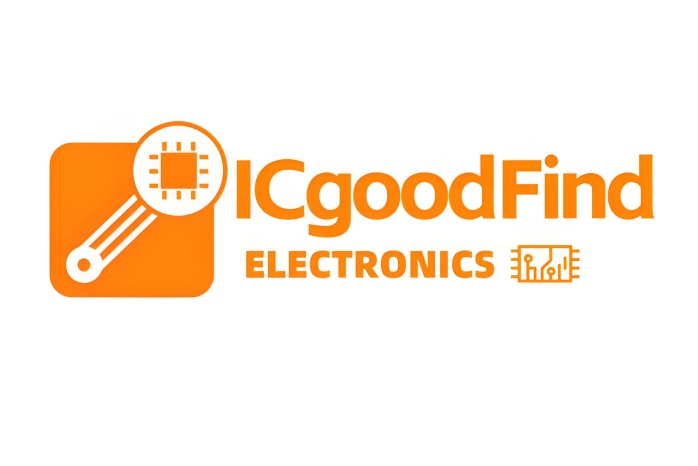**ADBF539WBBCZ4F805: The Cryptographic Key to Modern Data Integrity Systems**
In the sprawling digital ecosystem, where data is the most valuable currency, its integrity is non-negotiable. At the heart of the systems that protect this integrity lies a seemingly cryptic string: **ADBF539WBBCZ4F805**. This alphanumeric sequence is far more than a random identifier; it represents the very essence of a cryptographic key, the unsung guardian of trust in the modern world.
Cryptographic keys are the fundamental building blocks of data security. They are the secret codes that lock (encrypt) and unlock (decrypt) information, ensuring that it remains confidential and unaltered during transmission or storage. A key like **ADBF539WBBCZ4F805** is a specific, unique value generated by complex algorithms. Its strength lies in its randomness and length, making it virtually impossible for unauthorized entities to guess or replicate through brute-force attacks. **This key acts as the unique linchpin in a cryptographic process**, verifying that a message or file has not been tampered with from its origin to its destination.
The applications of such keys are ubiquitous. In secure web browsing (HTTPS), they establish an encrypted link between a user's browser and a website. In blockchain technology, similar cryptographic principles ensure the immutability of the ledger—once a block is added to the chain, altering it would require changing all subsequent blocks, an endeavor protected by immense computational power. **The integrity of every digital transaction, from a financial exchange to a smart contract, hinges on the inviolability of these keys.**

Furthermore, systems employing Public Key Infrastructure (PKI) use pairs of keys (one public, one private) to authenticate identities. While the public key is shared openly, the private key remains secret, much like the suggested nature of **ADBF539WBBCZ4F805**. This ensures that only the rightful owner can digitally sign a document, providing non-repudiation and verifying the source of the data.
However, the power of a key is meaningless without robust management. **The entire security paradigm collapses if a key is compromised, lost, or mismanaged.** Therefore, modern systems rely on Hardware Security Modules (HSMs) and stringent key management policies to generate, store, and rotate these keys securely throughout their lifecycle.
In conclusion, while **ADBF539WBBCZ4F805** is a placeholder, it symbolizes the critical role of cryptographic keys. They are the silent, powerful force ensuring that our digital interactions remain authentic, confidential, and trustworthy. As we move toward an increasingly data-driven future, the sophistication and importance of these keys will only continue to grow.
**ICGOODFIND**
**Keywords:** Cryptographic Key, Data Integrity, Encryption, Public Key Infrastructure (PKI), Digital Signature
